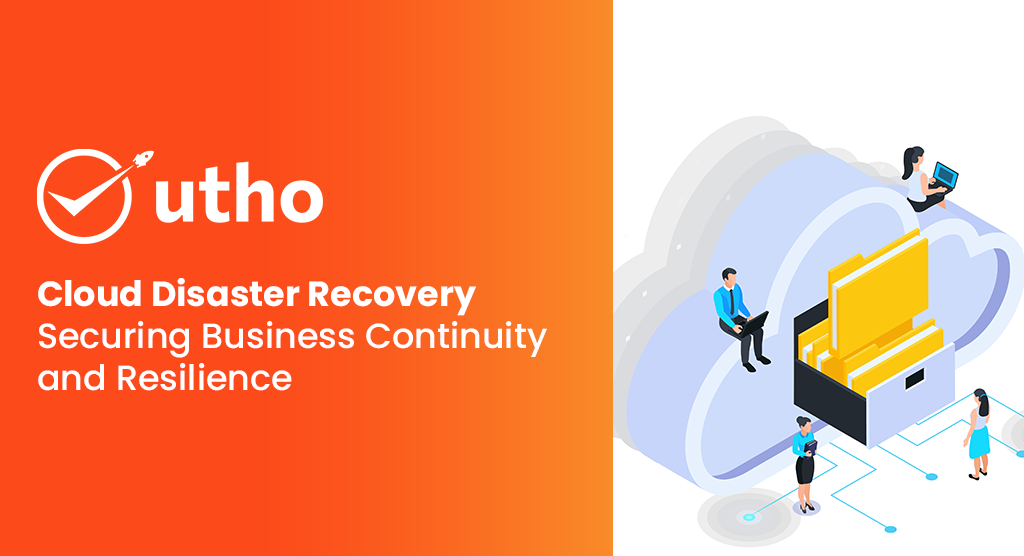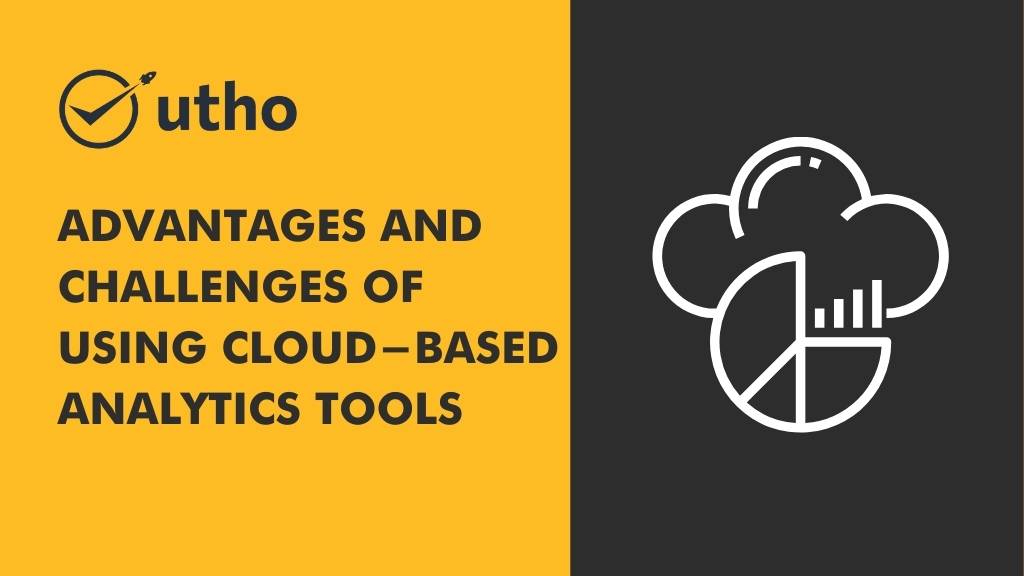What does the term "cloud disaster recovery" entail?
Cloud disaster recovery (CDR) is a proactive approach to securely storing and preserving electronic records in a cloud environment. Its primary objective is to furnish organizations with the means to retrieve data and uphold seamless business operations in the face of a disaster. Diverging from conventional disaster recovery techniques, cloud disaster recovery stands out for its flexibility and cost-efficiency. The decentralized structure of CDR facilitates expedited data recovery, empowering businesses to swiftly resume activities following a data loss incident. This strategy empowers businesses to protect vital data, guaranteeing its accessibility even during instances of local server or network failures.
What makes cloud disaster recovery a crucial element?
It is essential for safeguarding businesses against disruptions such as natural disasters, cyber-attacks, or technical failures. It ensures swift restoration of access to applications and data from cloud backup sites, minimizing downtime and preventing costly operational disruptions.
In today's digital era, prolonged downtime poses significant financial, operational, and reputational risks. Adhering to data privacy regulations is imperative, making a disaster recovery strategy a necessity for organizations to avoid compliance issues and regulatory fines. Implementing cloud disaster recovery showcases a commitment to resilience and rapid recovery, benefiting customers, employees, and stakeholders.
What factors should be considered when selecting a cloud disaster recovery provider?
Here are the key considerations when selecting a Cloud DR provider.
Distance: Choose a provider whose data centers are located at a significant distance from your primary site to reduce the risk of simultaneous disasters affecting both locations.
Reliability: Seek a provider with a demonstrated history of consistent uptime and reliability.
Flexibility and scalability: Select a provider that provides versatile solutions capable of adapting to your requirements and accommodating future growth.
Security and compliance: Verify that the provider has strong security measures in place and adheres to applicable industry regulations to safeguard your data and applications.
Architecture: Choose a provider with an architecture tailored to meet your disaster recovery needs, particularly if high-performance recovery is crucial for your specific use case.
Integrations: Choose a provider that integrates seamlessly with your current IT systems. Compatibility simplifies the implementation and management of your disaster recovery solution.
What is the functioning mechanism of Cloud Disaster Recovery?
Cloud Disaster Recovery entails storing vital data and applications off-site, activating a virtual host or secondary site during crises for swift business recovery. Vendors ensure regular patching and updates for systems and applications. Automated cloud DR functions minimize errors, requiring minimal user involvement.
Cloud Disaster Recovery typically utilizes pay-as-you-go services, allowing businesses to pay for the specific amount of storage and software licenses used. It offers users the flexibility to scale up services according to their business requirements.
In what ways does Utho contribute to disaster recovery assistance?
Utho simplifies cloud disaster recovery, making it hassle-free. Our services minimize the cost and complexity of safeguarding critical workloads from ransomware, natural disasters, infrastructure failures, and other common threats.
Utho ensures swift deployment of essential systems and applications in the Cloud at a cost much lower than establishing and maintaining an off-site disaster recovery. It is crafted to ease the workload of IT professionals by handling all the necessary services for installation, management, failover, and recovery of crucial business operations during a disaster.




